Dunnottar Castle is a ruined medieval fortress located on a rocky headland on the northeastern coast of Scotland. The castle has a rich and varied history, dating back to the Middle Ages.
 The castle was first recorded in the 13th century, when it was granted to William Wishart, Bishop of St. Andrews. Wishart began to fortify the castle, and it soon became an important stronghold for the Scottish Church. The castle was strategically placed and controlled the access to the north of Scotland, and the Bishop of St. Andrews used it as a base to exert his power and influence over the surrounding area.
The castle was first recorded in the 13th century, when it was granted to William Wishart, Bishop of St. Andrews. Wishart began to fortify the castle, and it soon became an important stronghold for the Scottish Church. The castle was strategically placed and controlled the access to the north of Scotland, and the Bishop of St. Andrews used it as a base to exert his power and influence over the surrounding area.
In the 14th century, the castle passed to the Earls of Mar, who continued to fortify it and expand its defenses. The Earls of Mar transformed the castle into a formidable fortress, adding towers, walls and a gatehouse to the existing structure. They also built a great hall, a chapel, and a courtyard, making it one of the most impressive castles in Scotland at that time.
During the Wars of Scottish Independence in the 14th century, Dunnottar Castle played a key role in the struggle between the Scottish and English armies. The castle was besieged by English forces in 1336 and again in 1338, but both times it managed to hold out against the attackers. The castle’s impressive defenses, which included a curtain wall, a gatehouse and several towers, proved to be a formidable obstacle for the English army. In addition, the castle’s location on a rocky headland made it difficult to attack and access from the sea.
 In the 15th century, the castle was passed to the Keith family, who were powerful landowners in the area. The Keiths further strengthened the castle’s defenses, and it became one of the most formidable fortresses in Scotland. The Keiths built a new great hall and a new chapel, and also added a new curtain wall to the existing structure. They also built a new gatehouse and a new courtyard, making the castle even more impressive.
In the 15th century, the castle was passed to the Keith family, who were powerful landowners in the area. The Keiths further strengthened the castle’s defenses, and it became one of the most formidable fortresses in Scotland. The Keiths built a new great hall and a new chapel, and also added a new curtain wall to the existing structure. They also built a new gatehouse and a new courtyard, making the castle even more impressive.
In the 17th century, Dunnottar Castle was the site of a dramatic event in Scottish history. During the Wars of the Three Kingdoms, the castle was used as a prison for the Scottish crown jewels, known as the Honours of Scotland. In 1651, a group of Covenanters, supporters of the Presbyterian Church, managed to sneak into the castle and steal the Honours, hiding them in a nearby church until the restoration of the monarchy in 1660. This event was significant because it was a symbol of the Covenanters’ resistance against the English army and their determination to protect the Scottish crown jewels, which were seen as a symbol of the Scottish nation.
In the 18th century, the castle fell into disrepair and was eventually abandoned. However, the ruins of the castle still stand today and are a popular tourist destination. Visitors can explore the ruins of the castle and see the remains of the great hall, the chapel, the gatehouse, the towers, and the curtain walls. They can also see the remains of the courtyard and the dungeon, which were used to imprison prisoners.
The castle is also famous for its role in the 1995 film adaptation of “Rob Roy”, starring Liam Neeson and Tim Roth. The film was set in the late 17th century, the castle was used to depict the stronghold of the Duke of Argyll, the main villain of the story. The film helped to bring the castle to the attention of a wider audience and increased the number of visitors to the site.
 Overall, the history of Dunnottar Castle is rich and varied, with the castle playing a key role in the struggles between Scotland and England, as well as the conflicts between different branches of Christianity in Scotland. The castle’s impressive defenses and strategic location made it an important stronghold throughout its history. It was a symbol of power and prestige, a base for the exertion of influence, and a symbol of resistance against foreign invaders. The castle’s history is also intertwined with the political and religious conflicts that shaped Scotland during the Middle Ages and early modern period.
Overall, the history of Dunnottar Castle is rich and varied, with the castle playing a key role in the struggles between Scotland and England, as well as the conflicts between different branches of Christianity in Scotland. The castle’s impressive defenses and strategic location made it an important stronghold throughout its history. It was a symbol of power and prestige, a base for the exertion of influence, and a symbol of resistance against foreign invaders. The castle’s history is also intertwined with the political and religious conflicts that shaped Scotland during the Middle Ages and early modern period.
The castle is also an important architectural monument, with the ruins of the castle showcasing the development of medieval and early modern fortification techniques. The castle’s ruins also provide insight into the daily life of the people who lived and worked there, including the lords and ladies, the soldiers, and the prisoners.
Dunnottar Castle is a unique and fascinating site that offers visitors a glimpse into Scotland’s rich history and culture. It is an important part of Scotland’s heritage, and the ruins of the castle continue to fascinate visitors today. The castle is also an important reminder of the struggles and conflicts that shaped Scotland’s history, and the sacrifices that were made to preserve its independence and identity.
 To conclude, Dunnottar Castle is an integral part of Scotland’s history. Its location, architectural design, and historical events that took place there make it an interesting place to visit and learn more about Scotland’s past. The castle is a great example of medieval and early modern fortifications and its ruins provide insight into the daily life and struggles of the people who lived there. Visitors can explore the ruins of the castle and see the remains of the great hall, the chapel, the gatehouse, the towers, and the curtain walls. They can also see the remains of the courtyard and the dungeon, which were used to imprison prisoners. The castle is open to visitors all year round and guided tours are available to give more information about the history of the castle.
To conclude, Dunnottar Castle is an integral part of Scotland’s history. Its location, architectural design, and historical events that took place there make it an interesting place to visit and learn more about Scotland’s past. The castle is a great example of medieval and early modern fortifications and its ruins provide insight into the daily life and struggles of the people who lived there. Visitors can explore the ruins of the castle and see the remains of the great hall, the chapel, the gatehouse, the towers, and the curtain walls. They can also see the remains of the courtyard and the dungeon, which were used to imprison prisoners. The castle is open to visitors all year round and guided tours are available to give more information about the history of the castle.




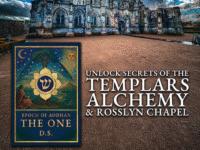



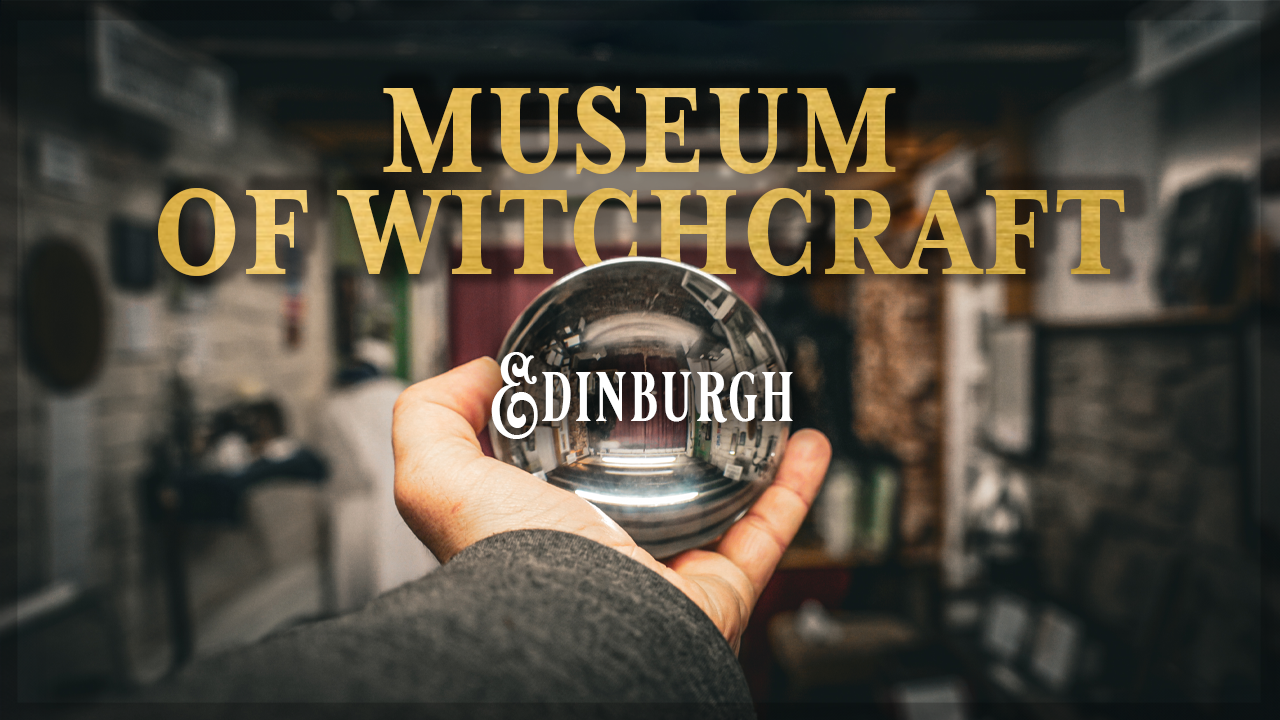



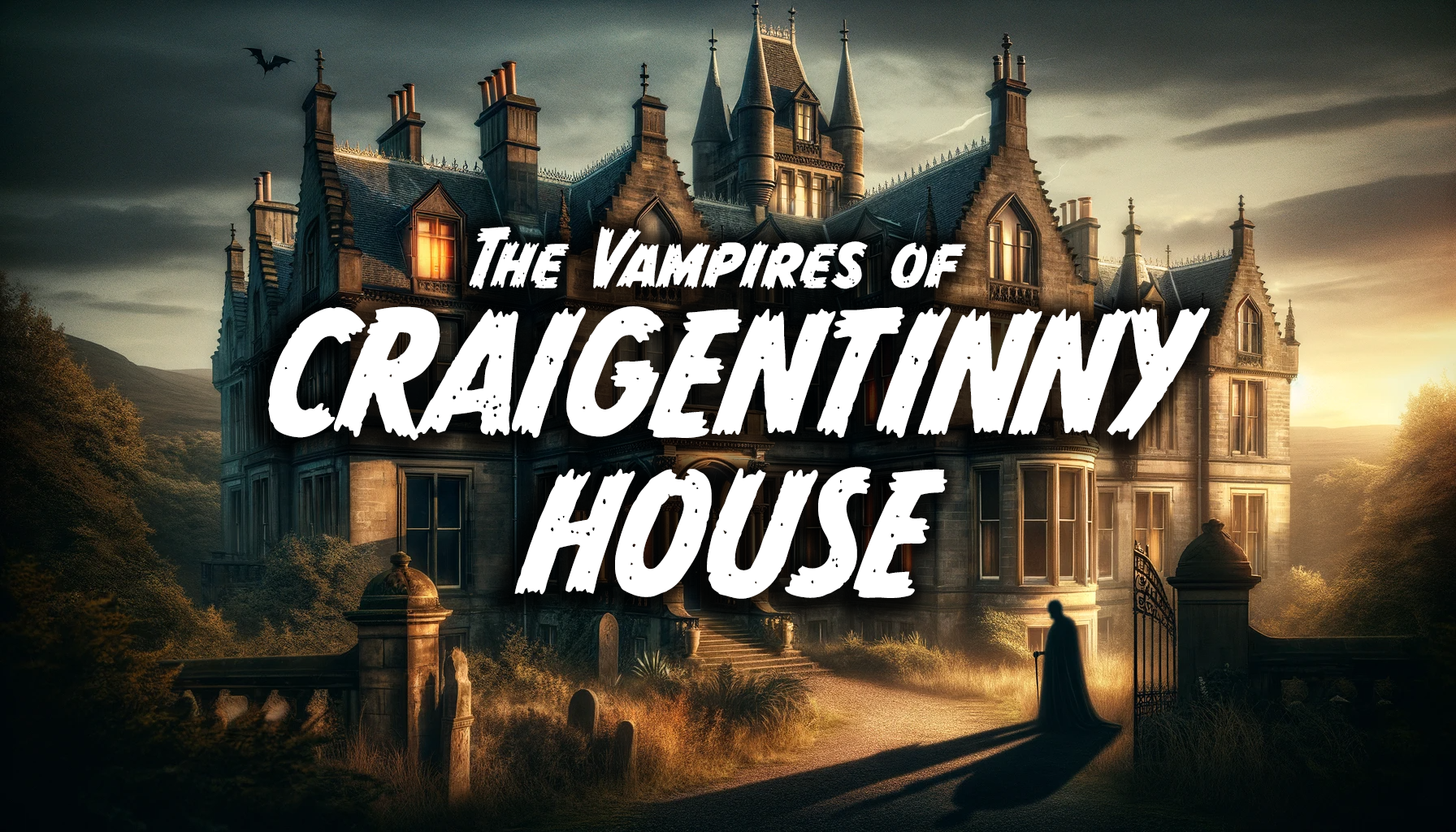

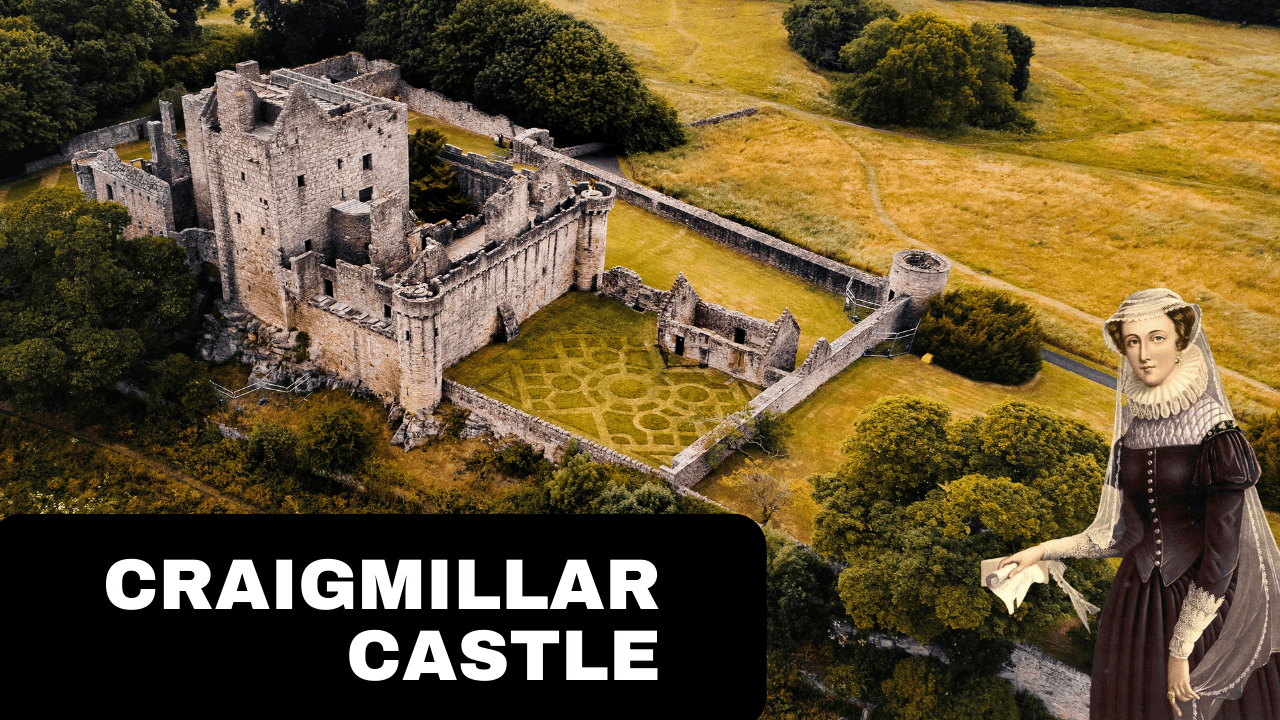

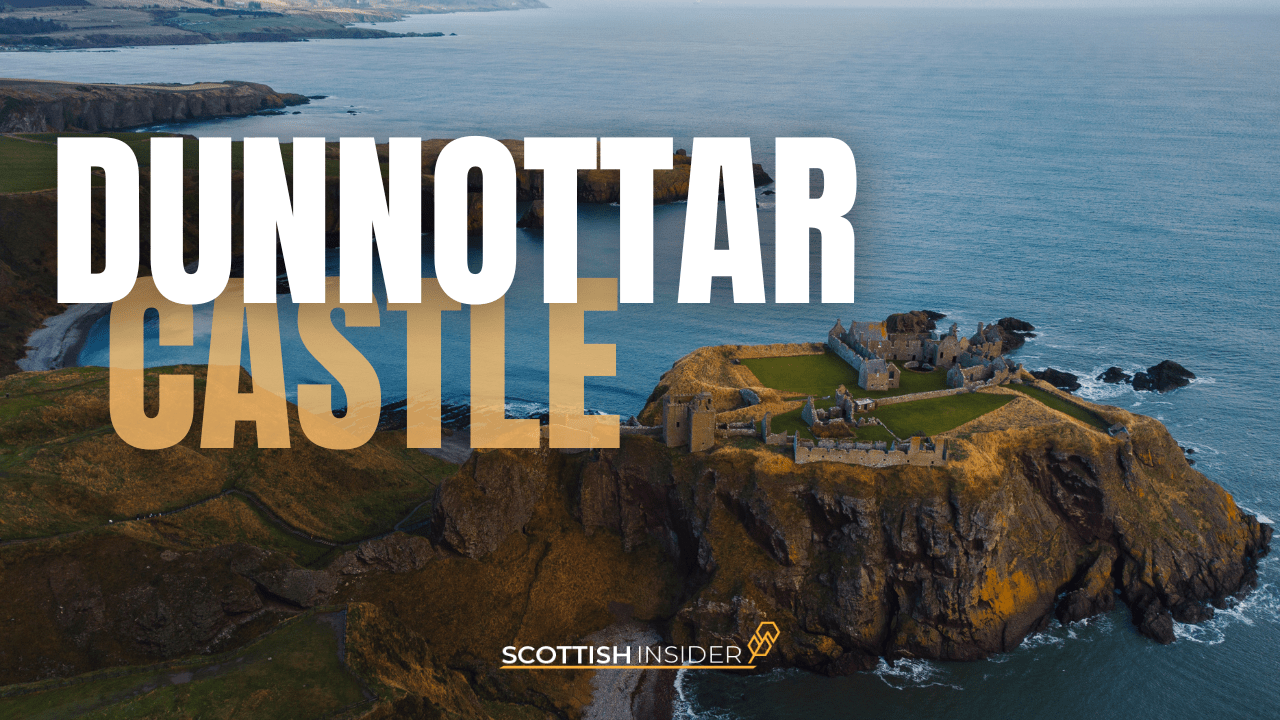

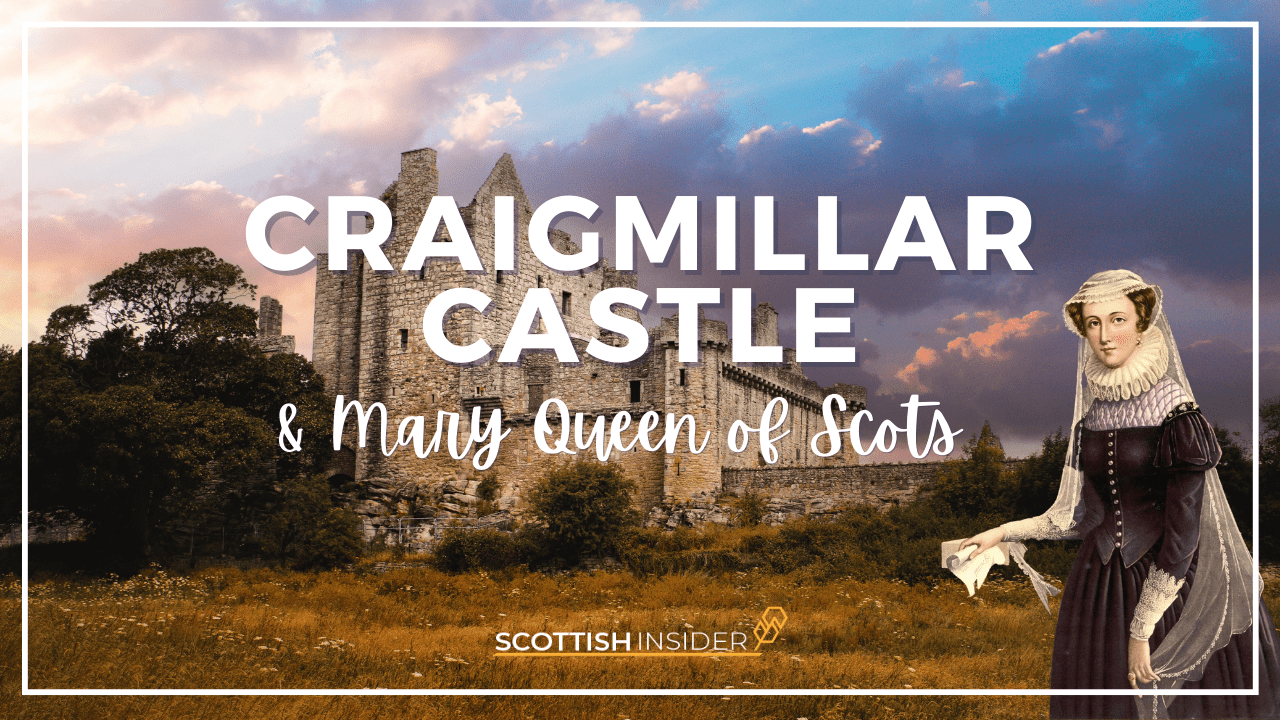



0 Comments